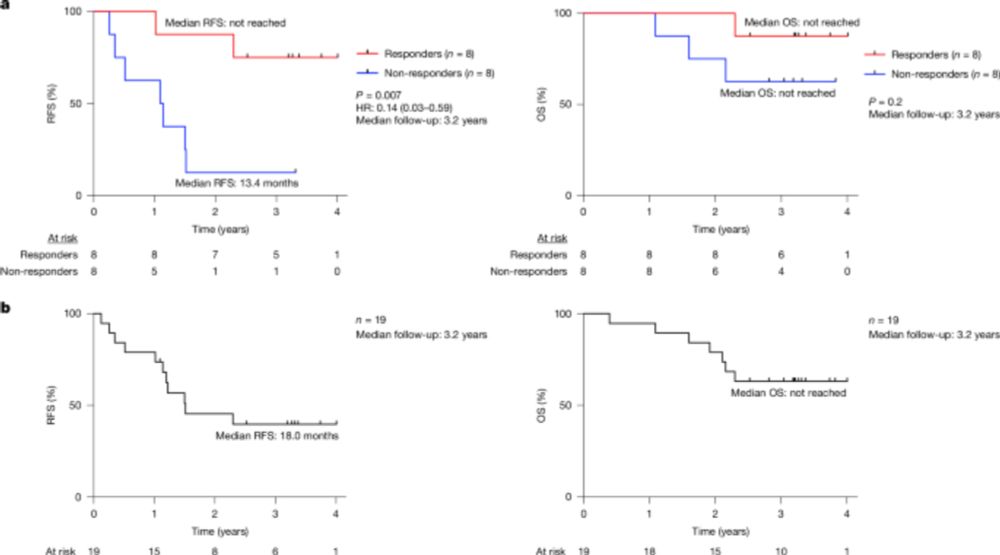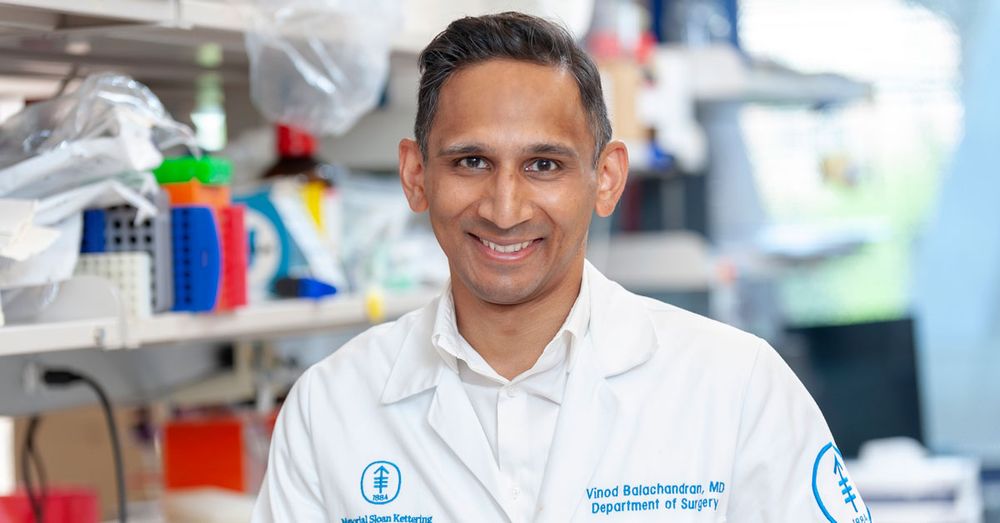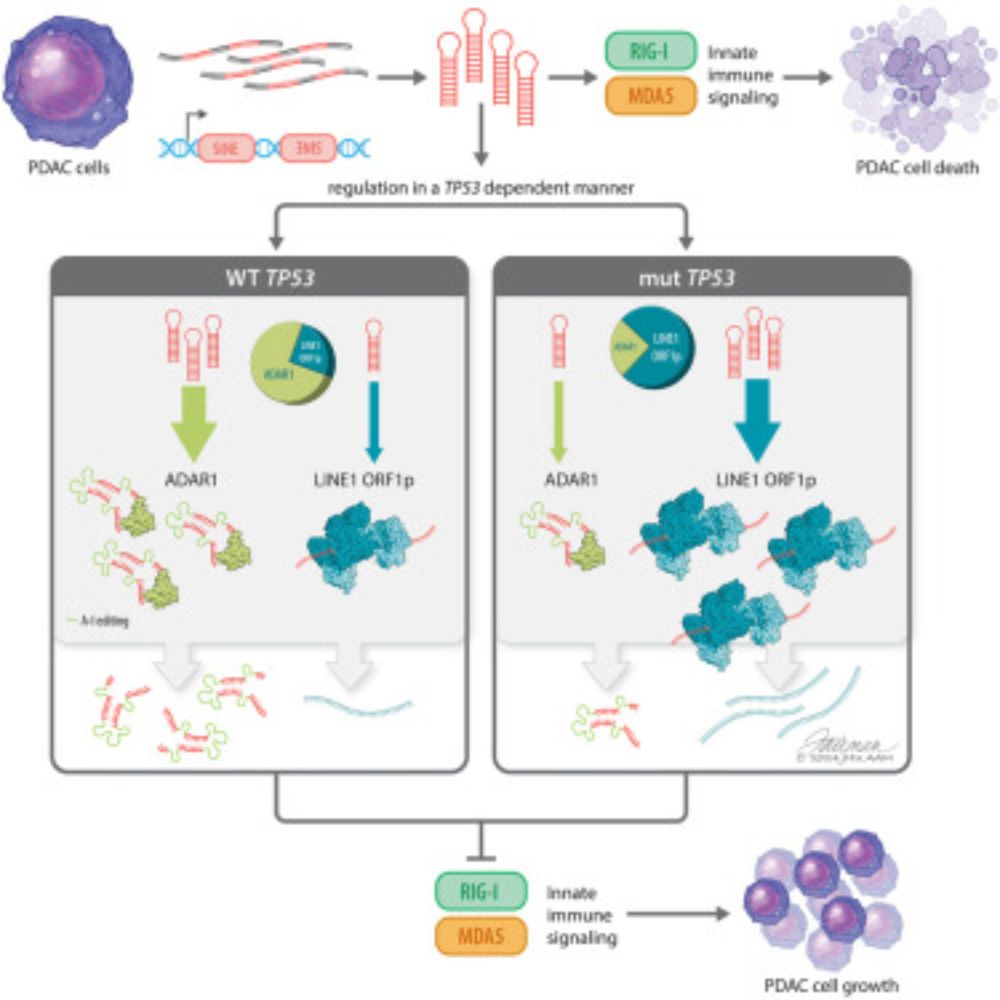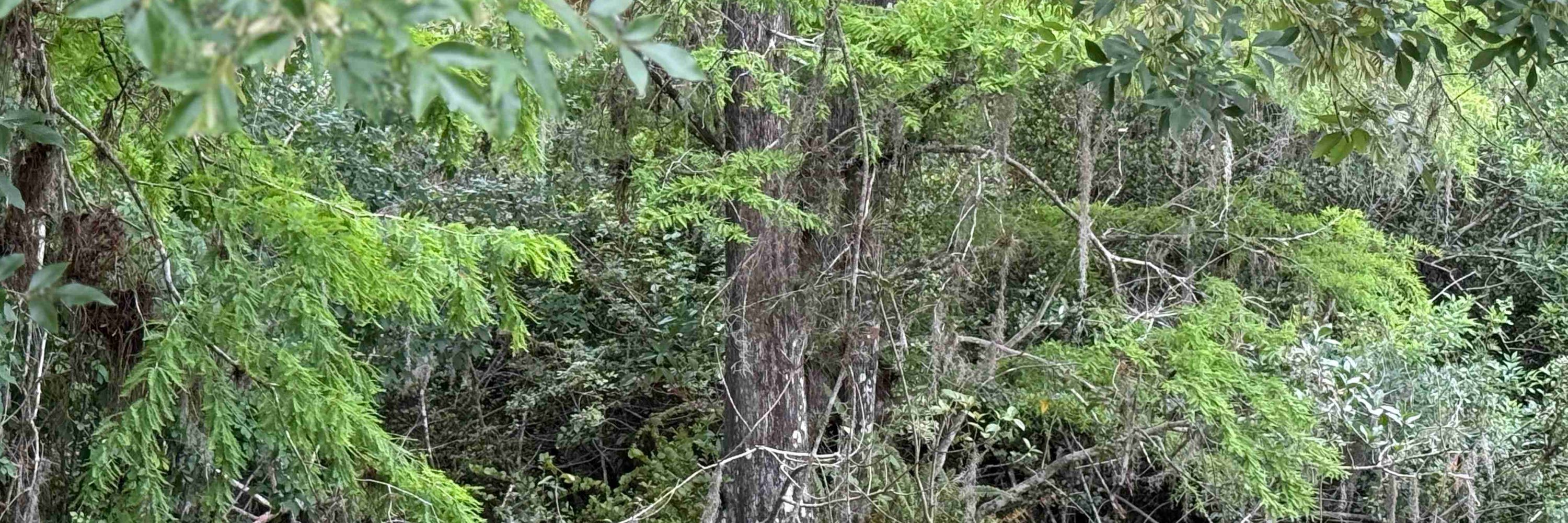
Co-Director, Olayan Center for Cancer Vaccines
Comp Immuno-oncology
Self/nonself theory
Co-Founder Rome Therapeutics
Physicist

A great years long collaborative effort with @petrsulc.bsky.social, @daniel-decarvalho.bsky.social, & many great colleagues!
Now Dr. Greenbaum’s lab has been taking a deep dive into modeling viral mimicry, trying to understand how this could shape cancer cells’ development process. bit.ly/3VWadA8

A great years long collaborative effort with @petrsulc.bsky.social, @daniel-decarvalho.bsky.social, & many great colleagues!
that took us literally 10 years+ (!) to write on the topics of:
that took us literally 10 years+ (!) to write on the topics of:
Repeats mimic pathogen-associated patterns across a vast evolutionary landscape."
It was a fun and productive collaboration with Benjamin Greenbaum John LaCava, Simona Cocco, Petr Šulc and many others!
www.cell.com/cell-genomic...

Repeats mimic pathogen-associated patterns across a vast evolutionary landscape."
It was a fun and productive collaboration with Benjamin Greenbaum John LaCava, Simona Cocco, Petr Šulc and many others!
www.cell.com/cell-genomic...
It was inspiring to be part of this collaborative work. Thanks to @bengrbm.bsky.social and the rest!

It was inspiring to be part of this collaborative work. Thanks to @bengrbm.bsky.social and the rest!
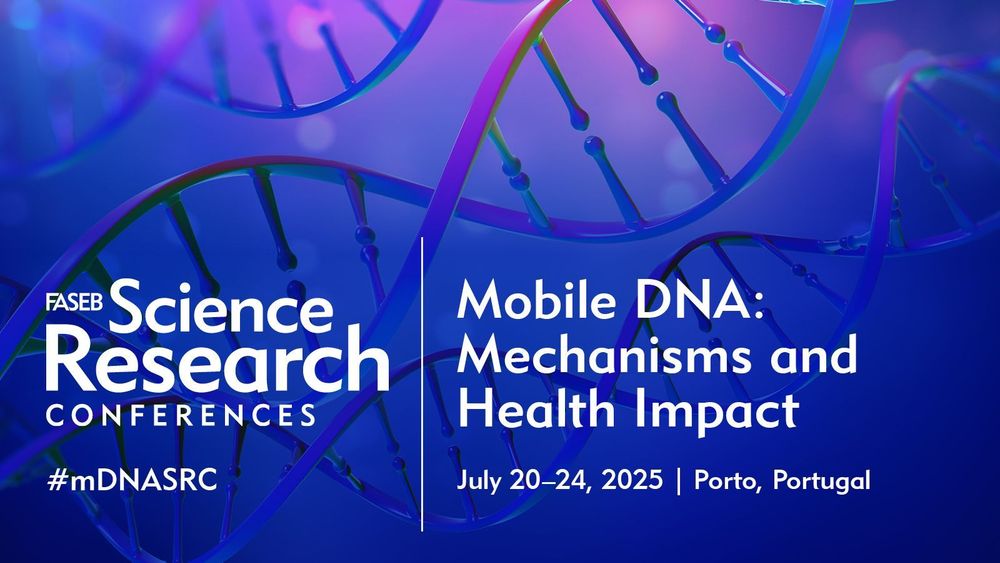
Learn more: bit.ly/3GGblTR
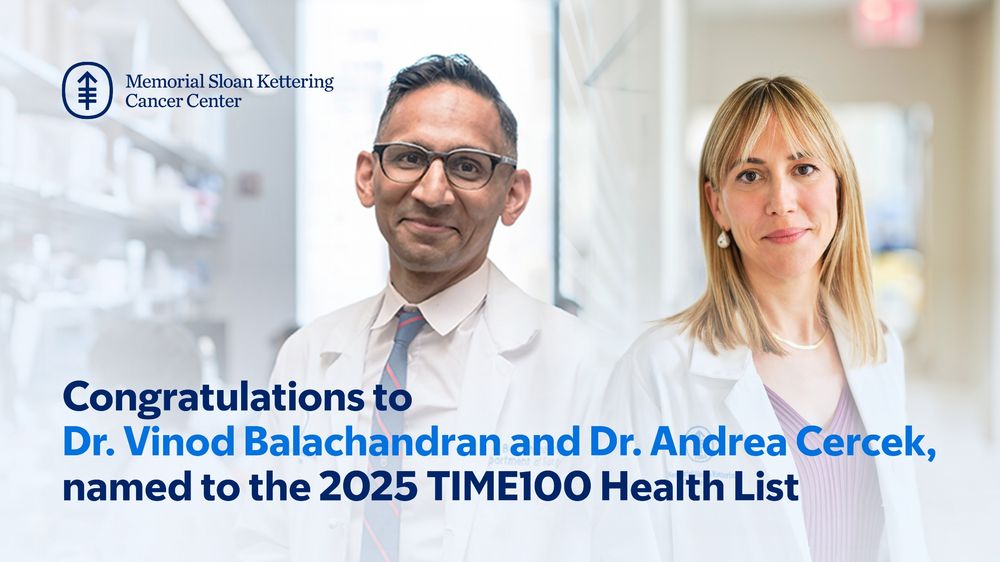
Learn more: bit.ly/3GGblTR
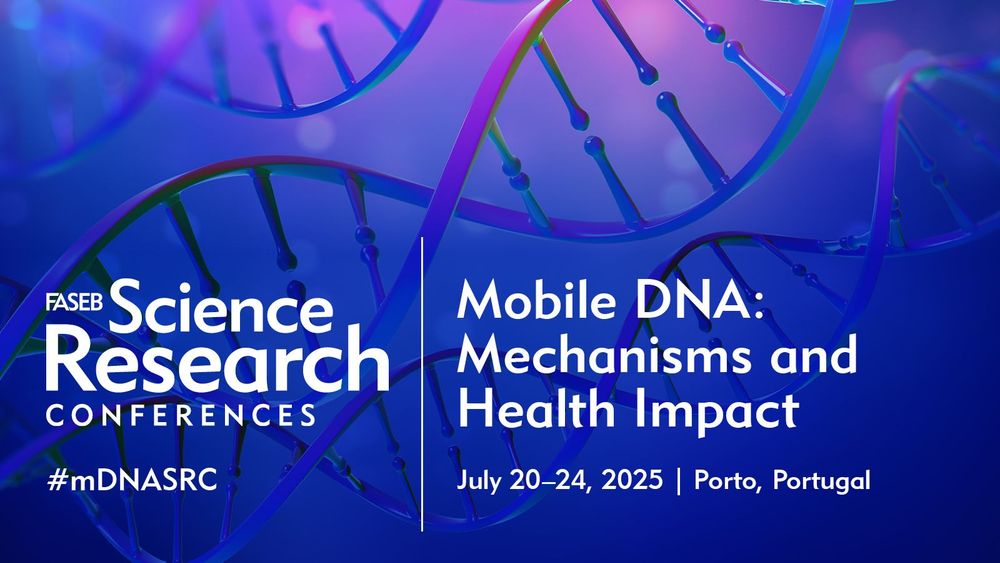
@bengrbm.bsky.social @theaacr.bsky.social
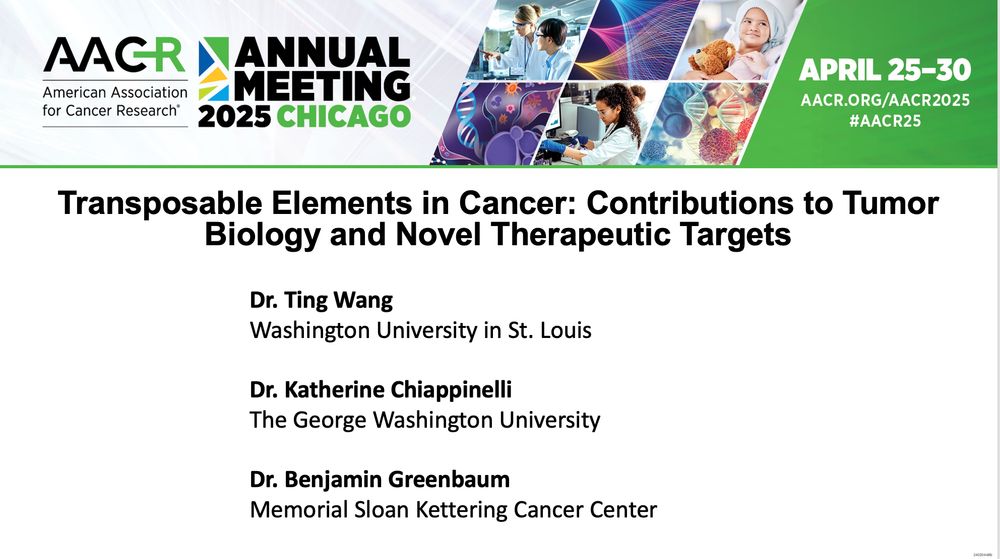
Nice to see our colleagues David Ting, Daniel De Carvalho, and Marty Taylor highlighted along with the amazing work of @rometx.bsky.social👇👇👇
www.science.org/content/arti...
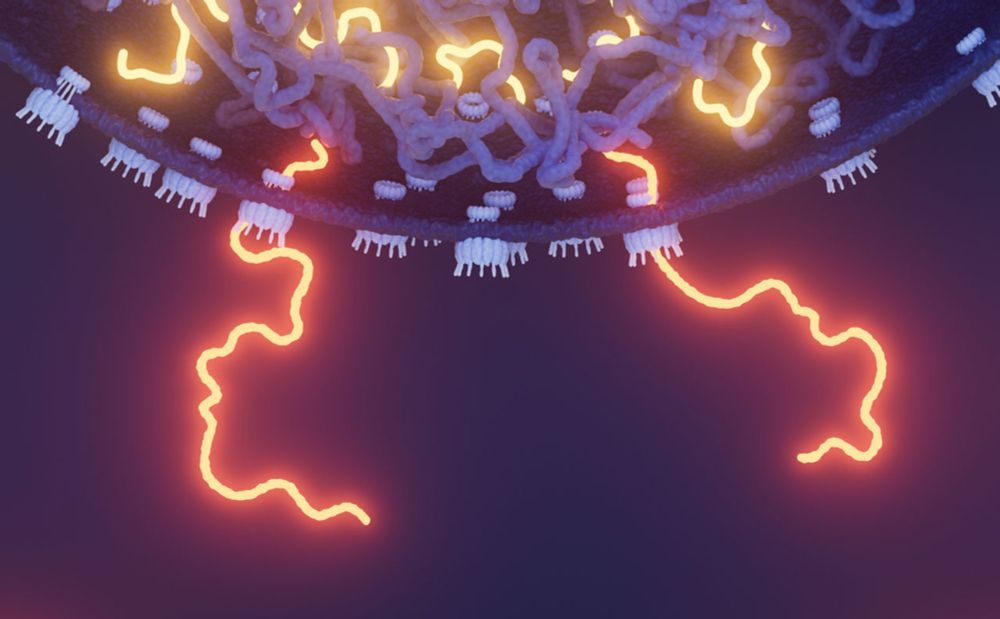
Nice to see our colleagues David Ting, Daniel De Carvalho, and Marty Taylor highlighted along with the amazing work of @rometx.bsky.social👇👇👇
www.science.org/content/arti...

nature.com/articles/s4146
nature.com/articles/s4146
